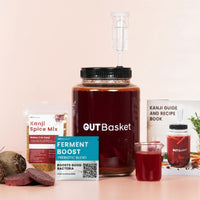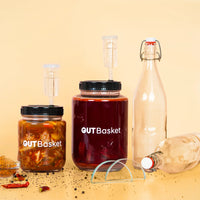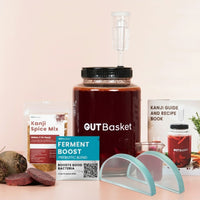Turn the tropical sweetness of pineapples into a refreshing homemade wine with this simple recipe. Perfectly balanced with a hint of citrus, pineapple wine is light, fruity, and ideal for any occasion. Discover the joy of crafting your own tropical delight!
Here’s a step-by-step pineapple wine recipe for a 4.5 L fermenter:
Ingredients:
- 2 medium pineapples (about 1.5–2 kg total, peeled and chopped)
- 1 kg sugar (adjust to taste, depending on desired sweetness)
- 3.5 L water (filtered or distilled)
- Juice of 2 lemons (about 60 mL)
- 1 tsp yeast nutrient (optional, for better fermentation)
- 1/4 tsp potassium metabisulfite (to sterilize the must, optional)
- 5 g wine yeast (e.g., Lalvin EC-1118 or Gutbasket wine yeast)
Instructions:
1. Prepare the Must:
- Wash the pineapples thoroughly, peel them, and chop the fruit into small pieces. Discard the core.
- Add the chopped pineapple to the fermenter.
- Dissolve the sugar in 3.5 L warm water. Pour the sugar-water mixture over the pineapple.
- Add lemon juice to balance the acidity.
2. Sterilize (Optional):
- Add 1/4 tsp potassium metabisulfite to the must to sterilize. Stir well and let it sit, covered, for 24 hours before proceeding.
3. Add Yeast:
- Sprinkle the wine yeast directly onto the must or hydrate it according to the yeast package instructions.
- Add the yeast nutrient if using.
4. Fermentation:
- Cover the fermenter with an airlock lid. Ensure the airlock is filled with water.
- Place the fermenter in a cool, dark spot (18–22°C or 65–72°F).
- Shake the fermenter gently daily (if using an airlock) to release CO₂ and ensure the must mixes evenly.
5. Monitor Primary Fermentation:
- After 5–7 days, fermentation will slow (bubbling in the airlock reduces). Strain the must through a fine mesh or cheesecloth to remove solids.
- Transfer the liquid into a clean fermenter, leaving 10% headspace. Attach the airlock.
6. Secondary Fermentation:
- Allow the wine to ferment for 2–4 weeks or until no bubbles appear in the airlock. The wine will clarify as sediment settles at the bottom.
7. Stabilize and Age:
- Siphon the wine off the sediment (lees) into a clean container. Add potassium metabisulfite and potassium sorbate if you plan to back-sweeten.
- Age the wine in a cool, dark place for at least 2–3 months to develop flavor. Longer aging (6–12 months) enhances taste and clarity.
8. Bottle the Wine:
- Once clear and stable, siphon the wine into sterilized bottles. Cork or cap tightly.
Tips:
- Pineapple wine can be slightly tart; taste the must during fermentation to balance sugar and acidity.
- Aging improves the wine’s flavor and reduces harshness. Patience pays off!










